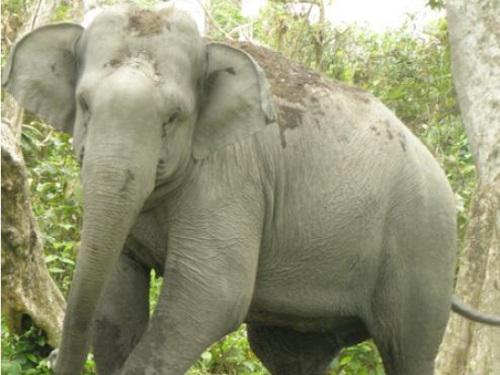Ratna Ghosal
The project aims to descripe the behavioural characteristics and endocrine correlates of musth in tusker and tuskless Asian elephants.

The Asian elephant (Elephas maximus) is an endangered flagship species. It is threatened by extinction in the wild and the development of self-sustainable captive populations is a key challenge around the world. A third of their population is in captivity and information about the reproductive dynamics, especially about the precise role of bulls during their periods of heightened sexual activity defined as “musth”, is required to improve ongoing breeding programs. By generating detailed hormonal profiles of bulls exhibiting musth and their related behavioural patterns, this study will help to improve conservation as well as management efforts of this endangered key-species.

The study of reproduction is one essential approach for conserving species. In this regard, the traditional way of generating profiles of reproductive hormones is through invasive blood sampling. However, this approach restricts one from assessing the reproductive status of intractable or dangerous animals in the wild and also those held under semi-captive conditions, due to legal and ethical considerations. Thus, it becomes important for conservationists to develop and use non-invasive techniques for the assessment of the species-specific reproductive dynamics, especially its regulative hormonal mechanisms.
In this project, we will evaluate non-invasive techniques based on faecal hormone analysis to measure the levels of both testosterone and glucocorticoid metabolites in male Asian elephants during musth and non-musth conditions. By identifying a method which allows us to reliably monitor hormonal function in Asian elephants; this project will help park managers and zoo curators to develop more effective strategies for improving the management of Asian elephants, especially in captivity and thereby, assist conservation and education efforts, as well as ongoing breeding programs.
Furthermore, this project will contribute towards an understanding of whether or not musth is associated with an elevation in glucocorticoid levels and therefore, possibly imposes physiological stress. In doing so, the information gained from this project can help to improve the assessment of the health status of animals in captivity as well as in the wild.